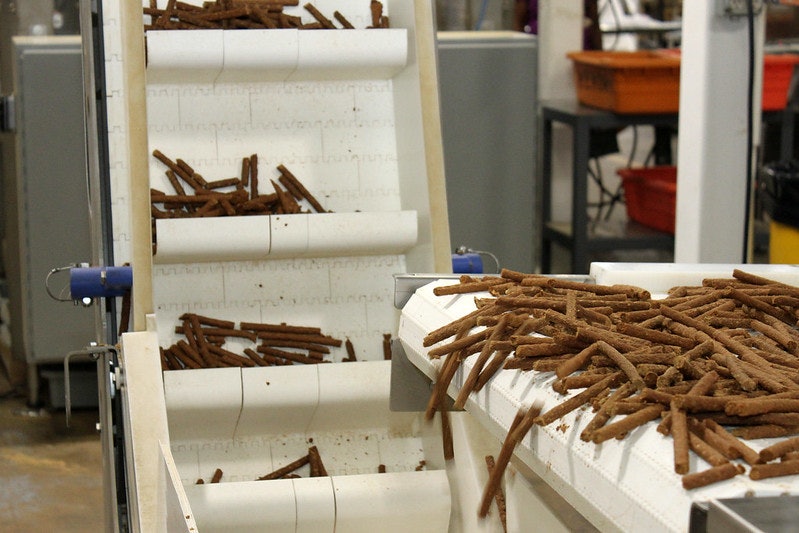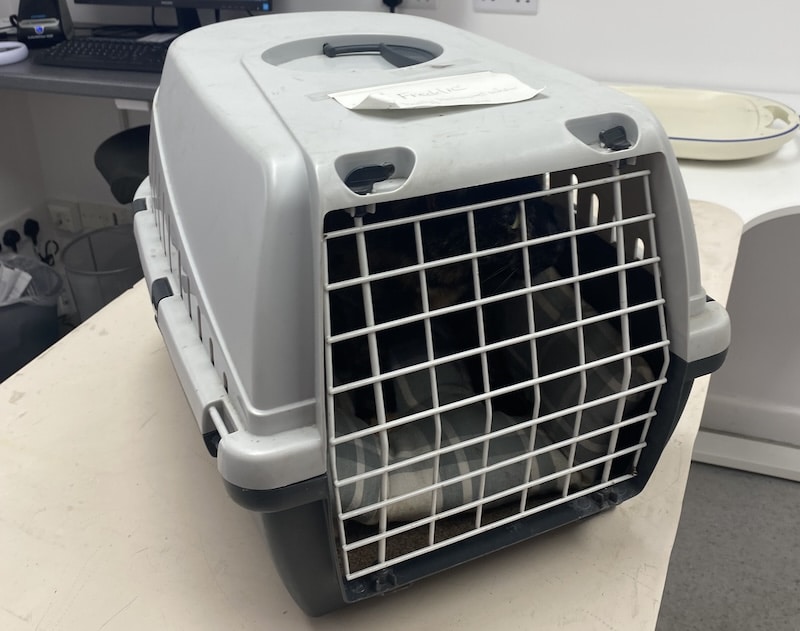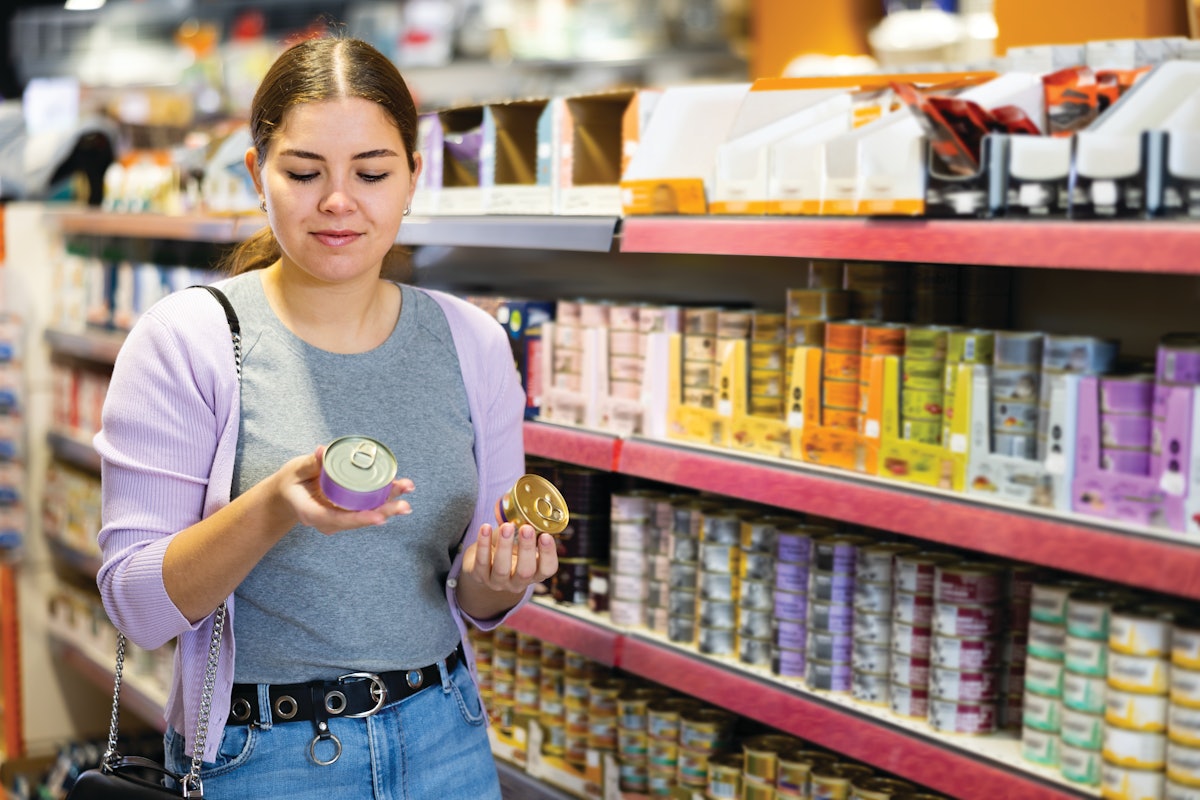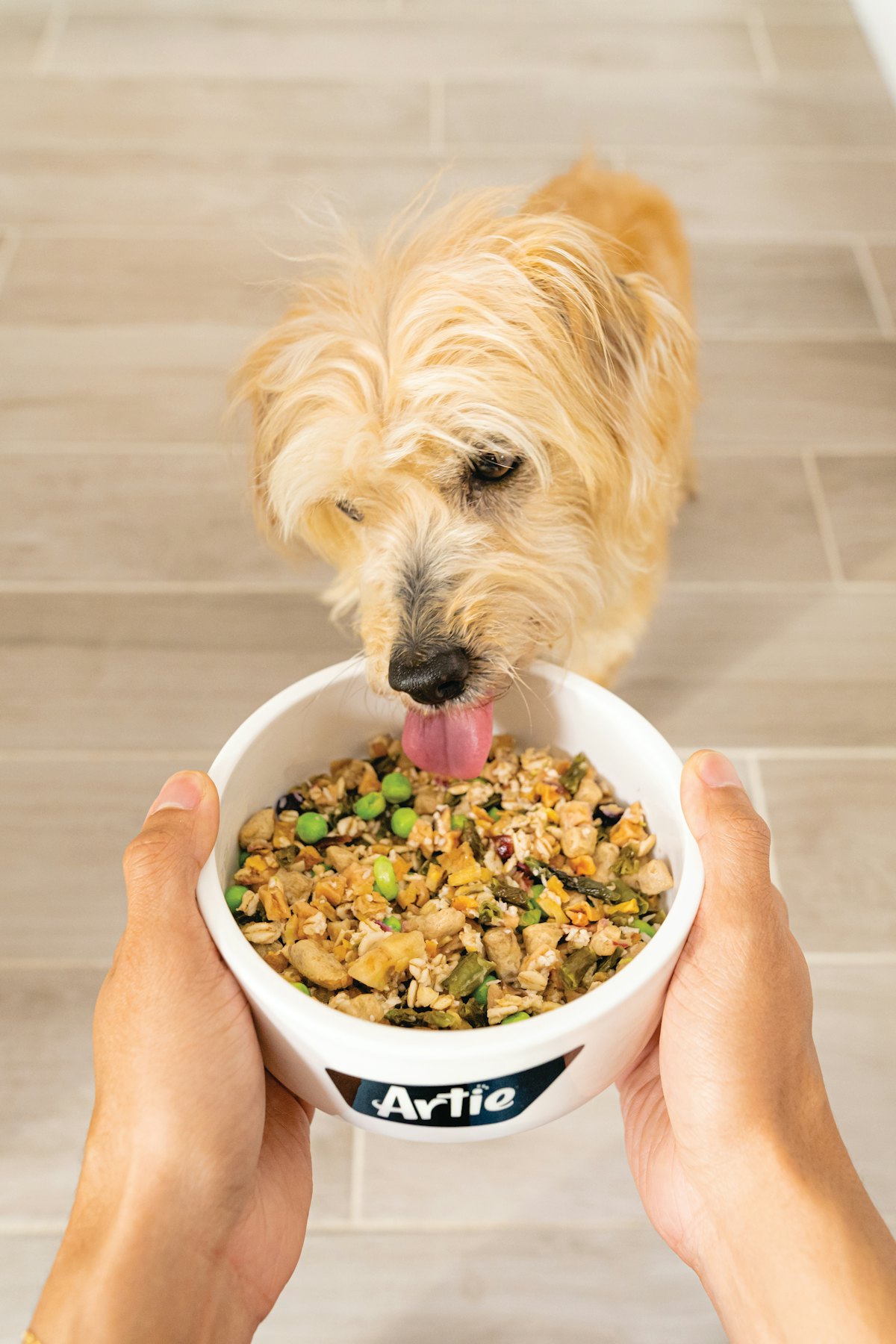
While inflation has declined from its worst levels in 2022, higher prices for many products still plague consumers, economists and politicians. Take pet food, for example. In the U.S., its monthly year-over-year (YOY) inflation number has been declining steadily since mid-2023, including in January 2024, but prices are nearly 24% higher than in January 2021 and 26.5% higher than in January 2019.
Of course, one of the main factors driving pet food prices is producer costs, measured by the pet food producer index (PPI). According to data compiled and analyzed by John Gibbons, aka the Pet Business Professor, dog and cat food producer prices have remained virtually unchanged since March 2023. That would be a good thing if they were low; unfortunately, that’s not the case.
Pet food producer prices up 28% in three years
For January 2024, the pet food PPI was 6.4% YOY, down slightly from 6.6% in December. The problem is, producer costs were still 28.4% higher than in January 2021 and 30.7% more than in January 2019. What’s more, prices seem to rise, at least a little, in spring months, so we could see monthly increases in dog and cat food costs soon, albeit small ones.
“The 2023 spring PPI lift was less than in 2022. It also started two months earlier than the lift in 2022 and only lasted one month, rather than two,” Gibbons said. He added that, based on recent history, producer prices remain stable for about eight months. “The stability has now lasted for 10 months, so we could have a lift soon.”
Also, producer costs seem to only rise, rarely falling. “Annual PPI drops aren’t common, but they do happen,” Gibbons explained. “For dog and cat food, a drop in the annual PPI has only happened once in the last 10 years.”
Producer price increases by dog, cat food subcategory
In terms of the types of dog and cat food experiencing higher producer prices, wet is the worst for dog, while dry/semi-moist is worst for cat. Wet dog food producer prices remained unchanged from December 2023 to January 2024, up 14.3% YOY, yet a whopping 56.3% over January 2021 and 60% higher than in January 2019. For dry/semi-moist cat food, the January 2024 YOY figure, 5.6%, was also the same as in December; prices were 32% higher than in January 2021 and 33.2% higher than January 2019.
In perhaps a bit of good news, dry/semi-moist dog food — by far the largest pet food subcategory in the U.S. — was up only 3.2% YOY in January 2024, and 21.5% and 23.4% over January 2021 and January 2019, respectively.
Decline in small pet food category
There is another spot of good news: Producer prices for other pet food (not dog and cat food) actually declined 7.4% YOY in January 2024, making them 19.6% higher than in January 2021. This category seems to have more movement in terms of producer prices; its annual PPI decreased for three straight years, from 2015 to 2017, according to Gibbons.
Since this category accounts for such a small share of the overall pet food market, such decreases don’t make a huge impact. But, Gibbons sees a glimmer of hope: “Could the current drop in other pet food prices foreshadow a drop in the dog cat food PPI?” he wondered. Now that would be good news indeed.







